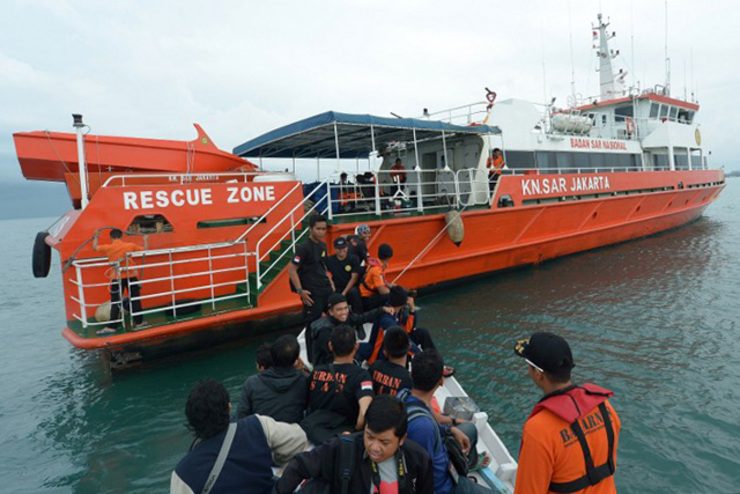SUMMARY
This is AI generated summarization, which may have errors. For context, always refer to the full article.

The Airbus A320-200 left the Indonesian city of Surabaya early Sunday and disappeared from radar over the Java Sea during a storm, but it failed to send the transmissions normally emitted when a plane crashes or is submerged. (LIVE BLOG: AirAsia Flight QZ8501)
Experts say this suggests the experienced former air force pilot, Captain Iriyanto, conducted an emergency water landing which did not have a destructive impact. (TIMELINE: Search for AirAsia Flight QZ8501)
“The emergency locator transmitter (ELT) would work on impact, be that land, sea or the sides of a mountain, and my analysis is it didn’t work because there was no major impact during landing,” said Dudi Sudibyo, a senior editor of aviation magazine Angkasa.
“The pilot managed to land it on the sea’s surface,” he added.
The plane, carrying 162 people to Singapore, was cruising at a height of 32,000 feet when the pilot requested a change of course to avoid storms.
Although permission was granted to turn left, the pilot was not immediately allowed to ascend owing to heavy air traffic, and the plane disappeared from radar soon afterwards.
Some analysts have suggested the plane stalled because it was travelling too slowly or climbed too steeply. It is unclear why there was no mayday distress signal from the cockpit.
Indonesia’s search team scoured the sea for more than 48 hours before the first debris was spotted off the island of Borneo after a tip-off from fishermen.
Mid-air explosion unlikely
So far the search team has found eight bodies which appear to be intact.
“The conclusions I have come to so far are that the plane did not blow up mid-air, and it did not suffer an impact when it hit a surface, because if it did so then the bodies would not be intact,” Chappy Hakim, a former air force commander, told Agence France-Presse.
The fuselage is also thought to be largely intact after aerial searchers saw a “shadow” on the seabed, where operations are now being focused.
An emergency exit door and an inflatable slide were among the first items recovered by the search team, suggesting the first passengers may have started the evacuation process once the plane landed on water.
Former transport minister Jusman Syafii Djamal was convinced the discovery of the floating exit door meant “someone had opened it.”
Passengers may have been waiting for a flight attendant to inflate a life raft when a high wave hit the nose and sank the plane, Djamal added.
“High waves may have hit the plane, the nose, and sunk the plane.”
Flight safety standards require that all passengers can be evacuated from a plane in 90 seconds.
The cause and more details of the crash will remain unclear until investigators find the all-important black boxes, which will answer questions such as why the underwater locator beacon did not work.
Experts from France and Singapore have joined Indonesian transport safety investigators in their hunt for wreckage of the plane operated by AirAsia Indonesia, a unit of Malaysia-based AirAsia which previously had a good safety record.
If found, the cockpit voice recorder should detail the conversations of the pilots for the whole of the short flight and reveal their last moments.
“We can only find out from the black box,” said Sudibyo. – Rappler.com
Add a comment
How does this make you feel?
There are no comments yet. Add your comment to start the conversation.